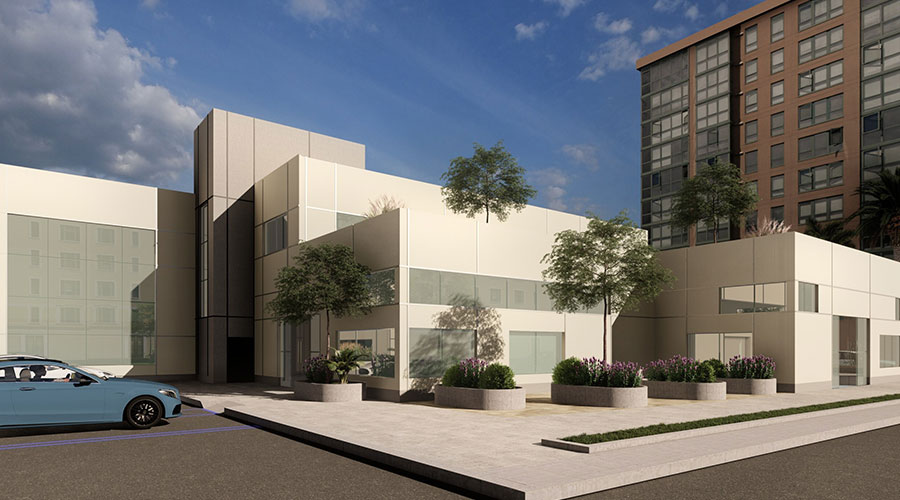Hospitals and other healthcare facilities have the individual room control needs for which variable refrigerant flow (VRF) zoning is designed, according to an article on the Facility Care website.
VRF zoning works by moving refrigerant through piping from an outdoor unit to the indoor unit in the zone to be cooled or heated.
For example, each patient room at John C. Stennis Memorial Hospital, a 45,000-square-foot, 25-bed critical access hospital in DeKalb, Miss., has its own cooling and heating indoor unit and controls in the form of a ceiling-recessed indoor unit and remote controller, the article said.
A nurse or patient can choose from four modes: cool, heat, auto and dry.
Typically, the total installed cost of a VRF zoning system is less than or equal to the total installed cost of most conventional systems, the article said.

 UF Health Hospitals Rely on Green Globes to Realize Their Full Potential
UF Health Hospitals Rely on Green Globes to Realize Their Full Potential How Healthcare Facilities Can Be Truly Disaster-Resilient
How Healthcare Facilities Can Be Truly Disaster-Resilient TriasMD Breaks Ground on DISC Surgery Center for San Fernando Valley
TriasMD Breaks Ground on DISC Surgery Center for San Fernando Valley Bigfork Valley Hospital Falls Victim to Data Breach
Bigfork Valley Hospital Falls Victim to Data Breach AI-Driven Facilities: Strategic Planning and Cost Management
AI-Driven Facilities: Strategic Planning and Cost Management